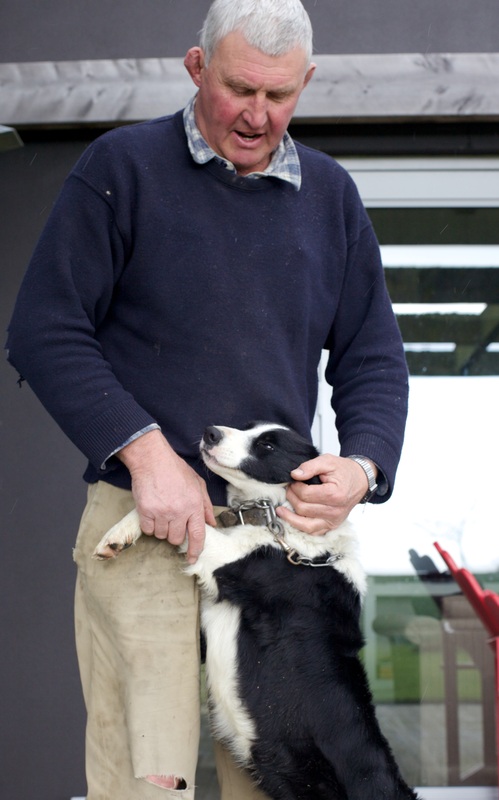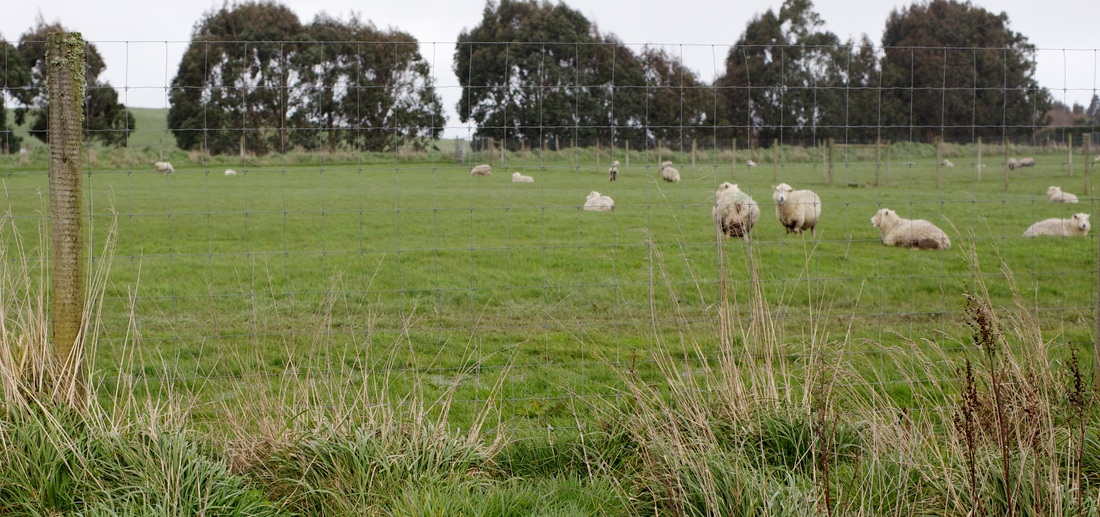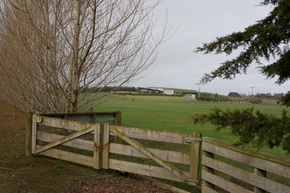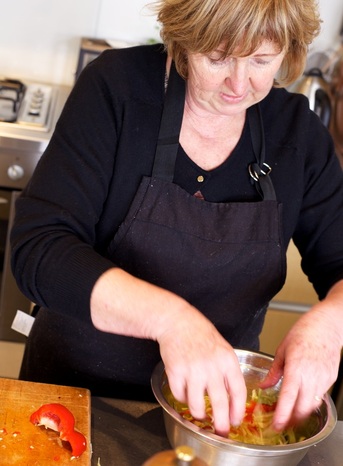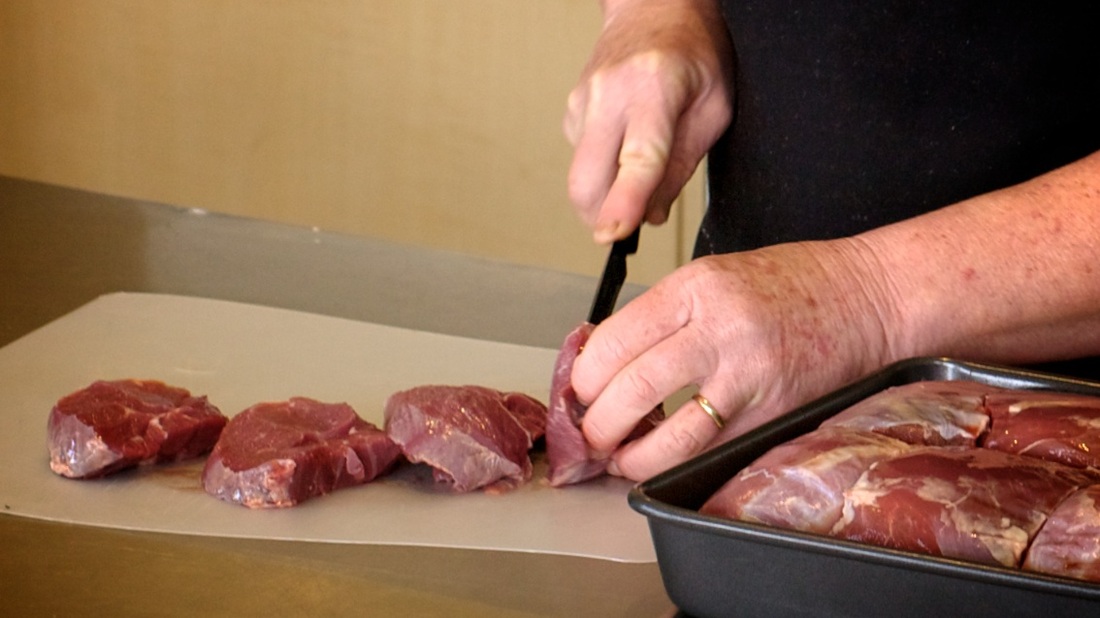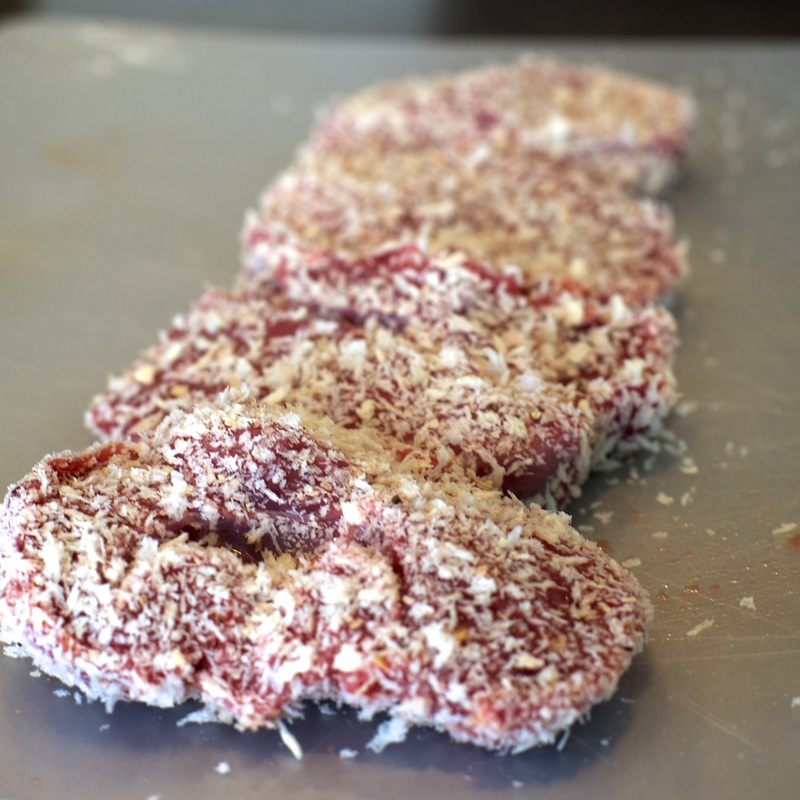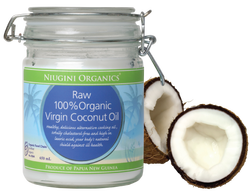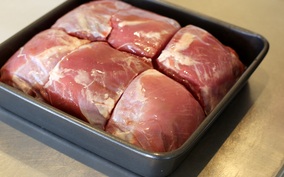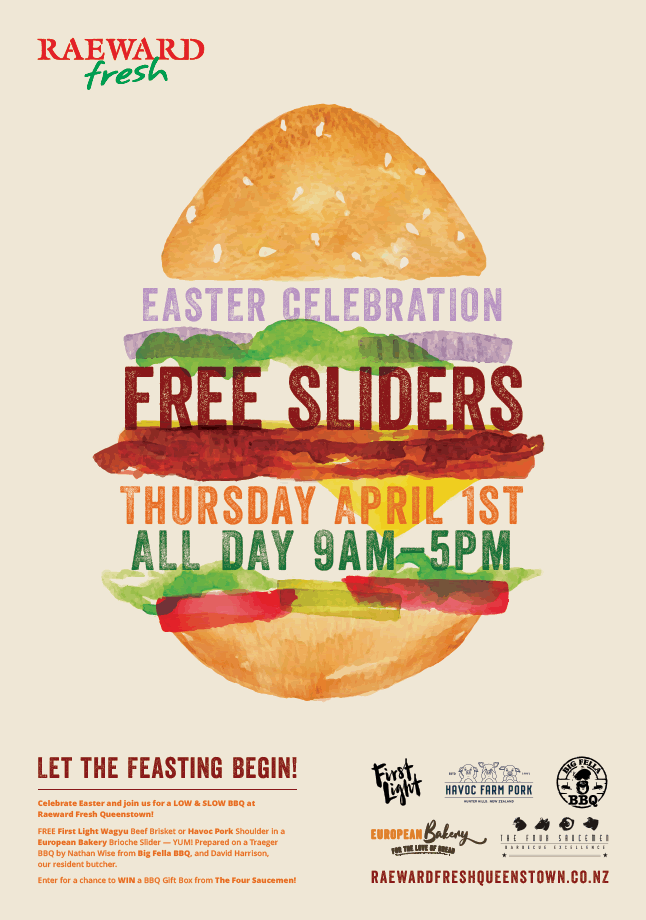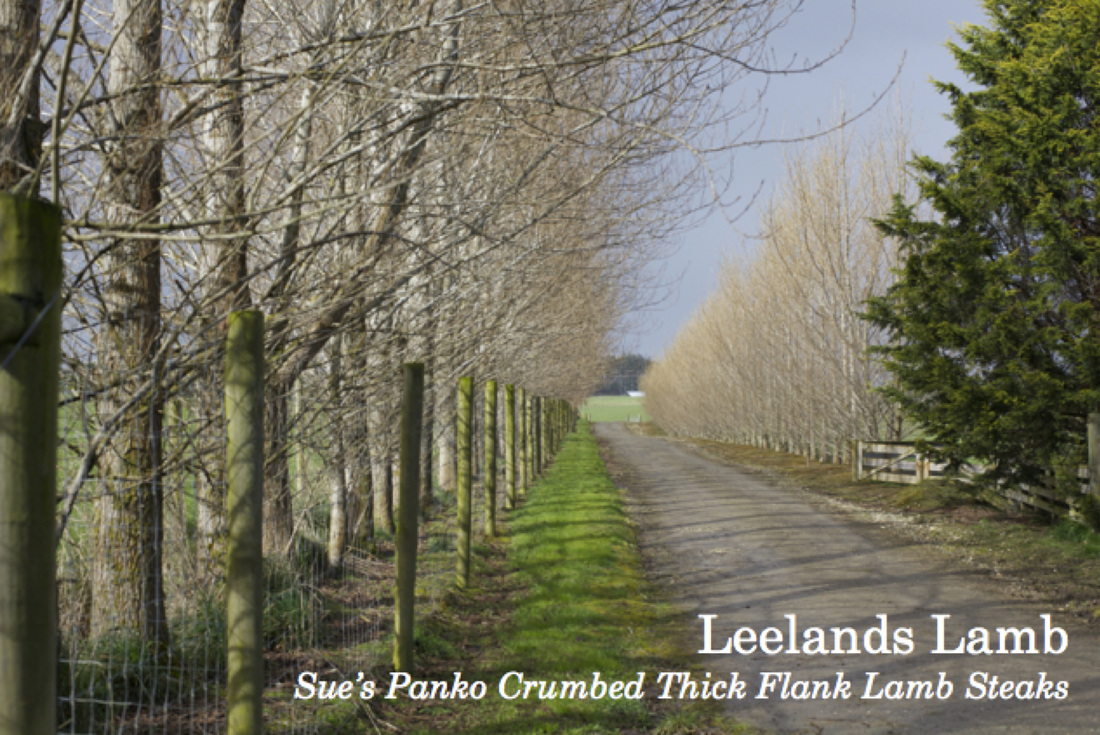
It’s a real privilege to connect with the people who grow what we eat. Getting out to farmer’s markets or dealing directly with the suppliers of our meat, produce and dairy seems part of our cultural longing to move away from industrialized food. At Raeward Fresh Queenstown (formerly Mediterranean Market) it makes us happy to help shrink the distance between the regions best food producers and people eager to get closer to the source of what they cook every day.
Growing up on a farm in Southland, Raeward Fresh co-owner Angela and her four sisters instinctively knew what ‘farm to table’ meant. They enjoyed the buttery flavour of home grown and home-killed lamb as a staple part of their diet. It’s the kind of privilege that Director Niki Caro parodied in her brilliant Kiwi film Whale Rider, where the local kids bemoaned the fact that they had to eat lobster all the time – Angela was similarly spoiled with the extraordinary quality of lamb that New Zealand naturally produces. Being that close to the land she also knew exactly where the meat came from, what it was fed on, and how it was treated through the whole process. Today, it’s this same appreciation for home grown quality that she now brings to purchasing lamb (and everything else) for Raeward Fresh.
|
|
|
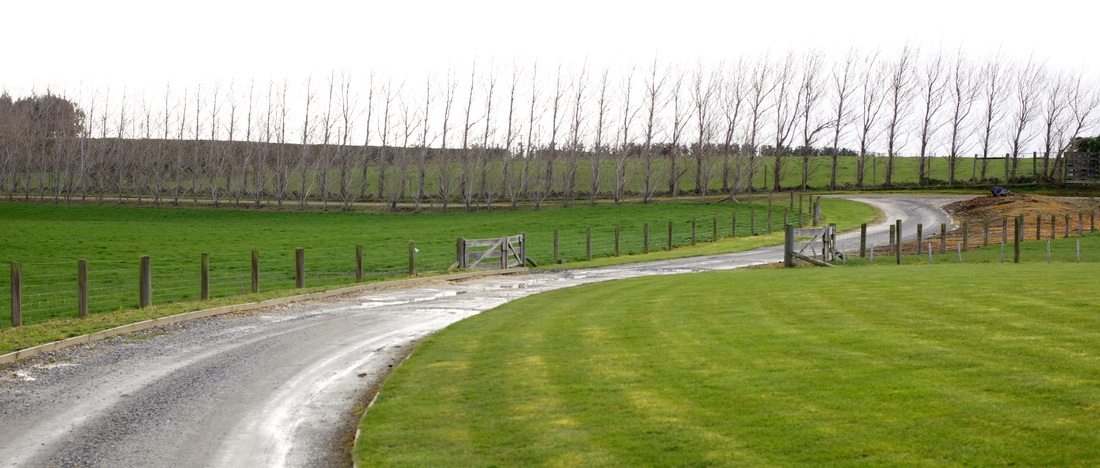
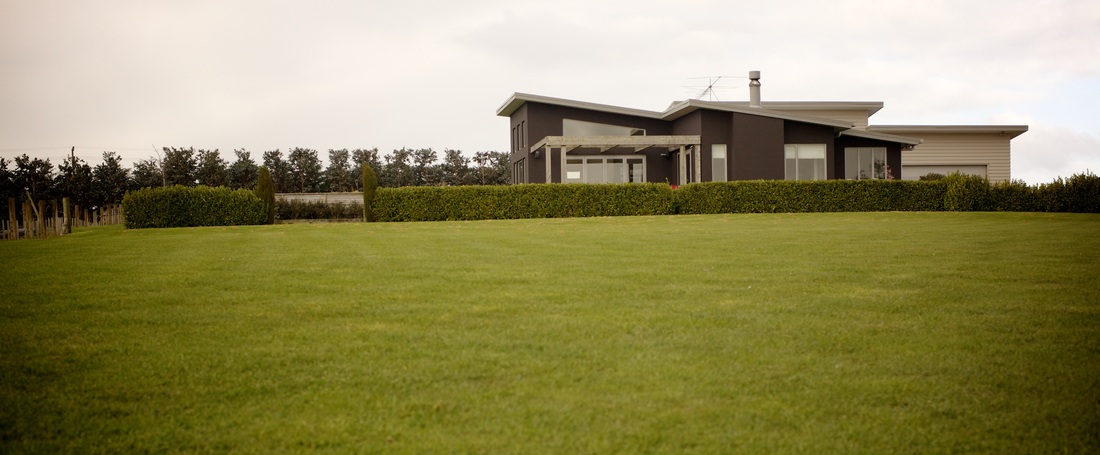
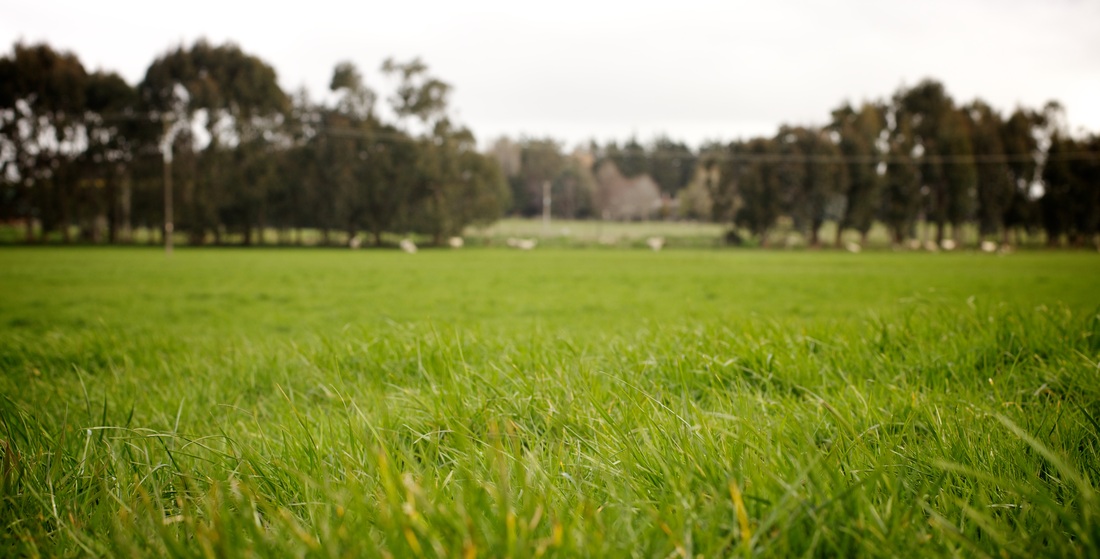
- Firstly, good quality meat must be traceable and well cared for. Bill’s out most days on the quad bike with his gentle collie Jess in tow, keeping track of where his flock are and how they’re doing. Leelands sheep graze on rich grassy pastures on the outskirts of Invercargill, well protected from wind, rain and the occasional snow by lovely groves of pine, birch and macrocarpa.
- The farm must operate in a sustainable way. Bill only uses natural rock fertilizers and carefully manages the ratio of sheep to pasture so that the land flourishes alongside of the animals.
- The best tasting meat has as much to do with animal welfare as anything else. The general practice is that sheep are often trucked for hours from the farm to the meat works. On top of this, the sheep may be off feed in the final days or stressed by dogs in the roundups. These experiences release a lactic acid which toughens the meat. It’s not necessarily cruel treatment, but it does effect the sheep, and therefore the resulting product. On Bill’s farm, the stress is kept to a minimum by keeping the dogs away in the final days. The sheep are well fed in their usual fields right up to the day they’re processed, which happens around the corner at the local abattoir.
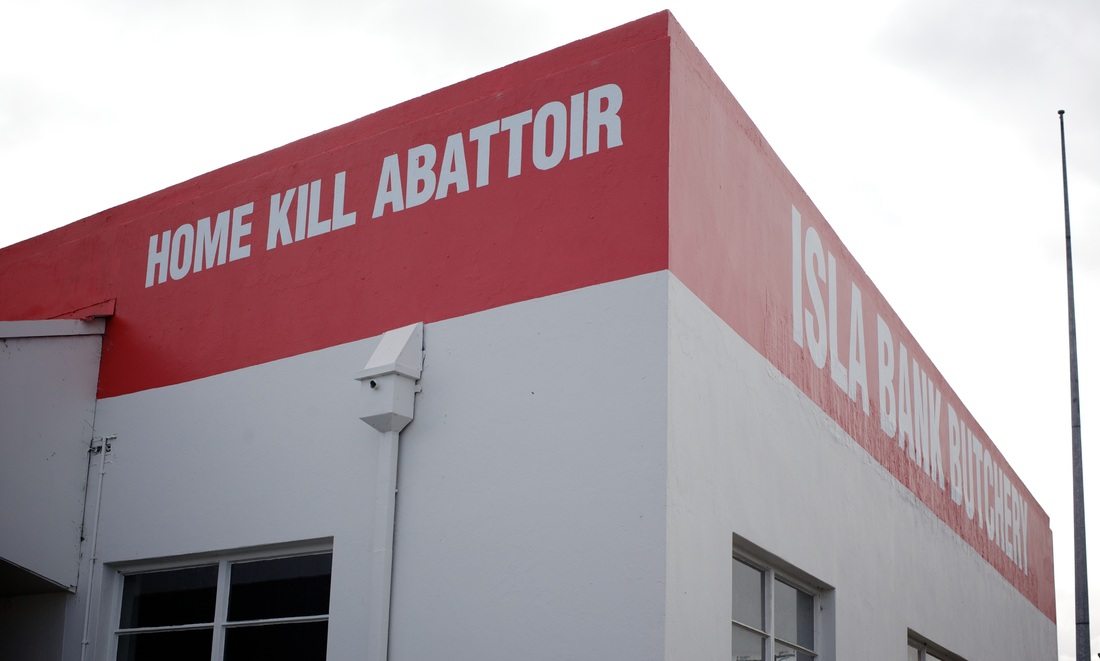
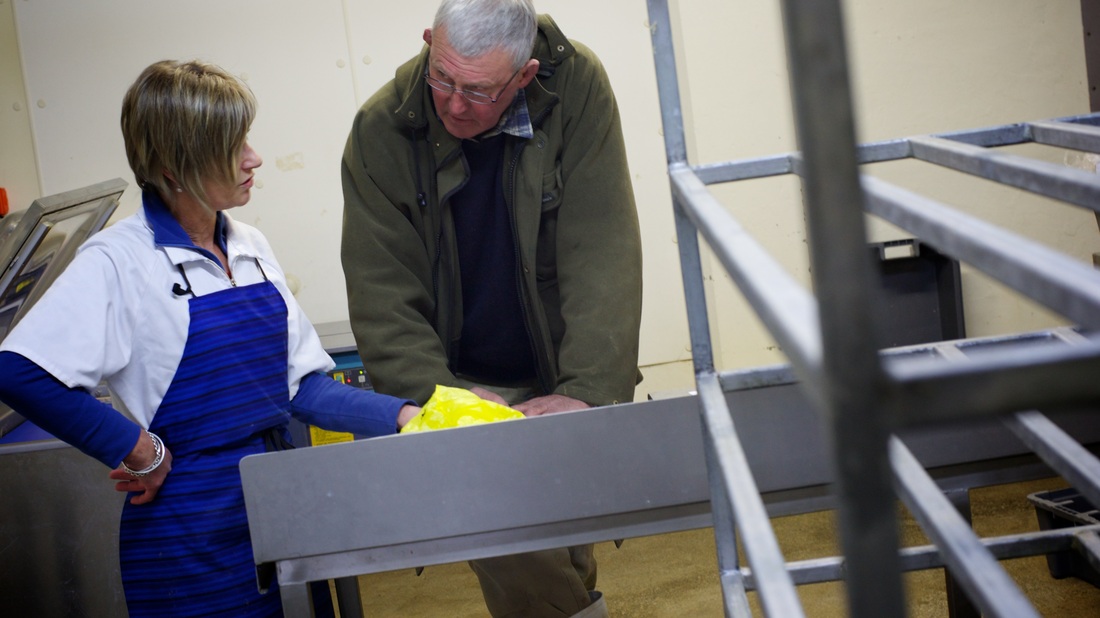
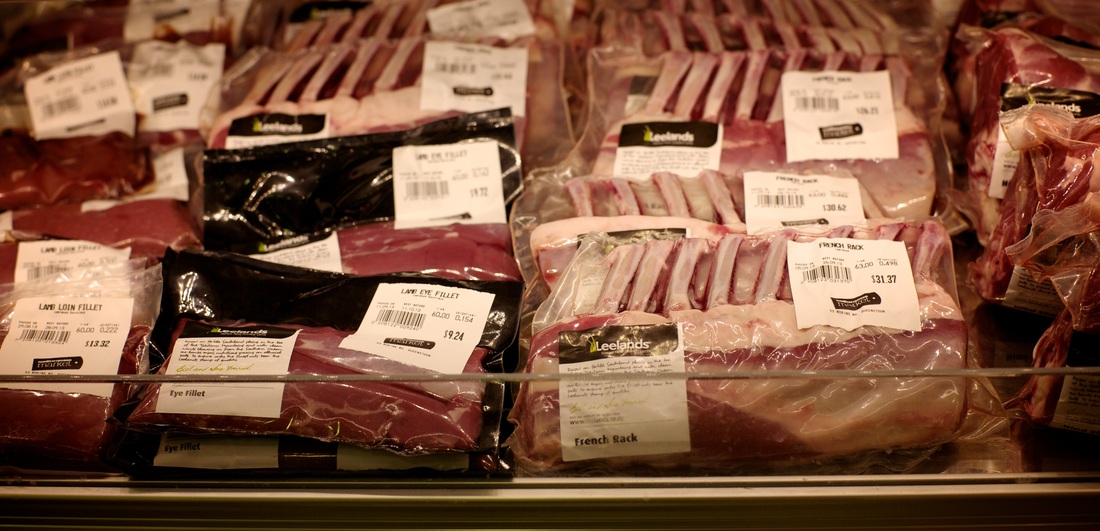
(Sue kindly wrote out a list of Leelands unique cuts adding cooking suggestions for each one, you can find them by scrolling past the recipes)
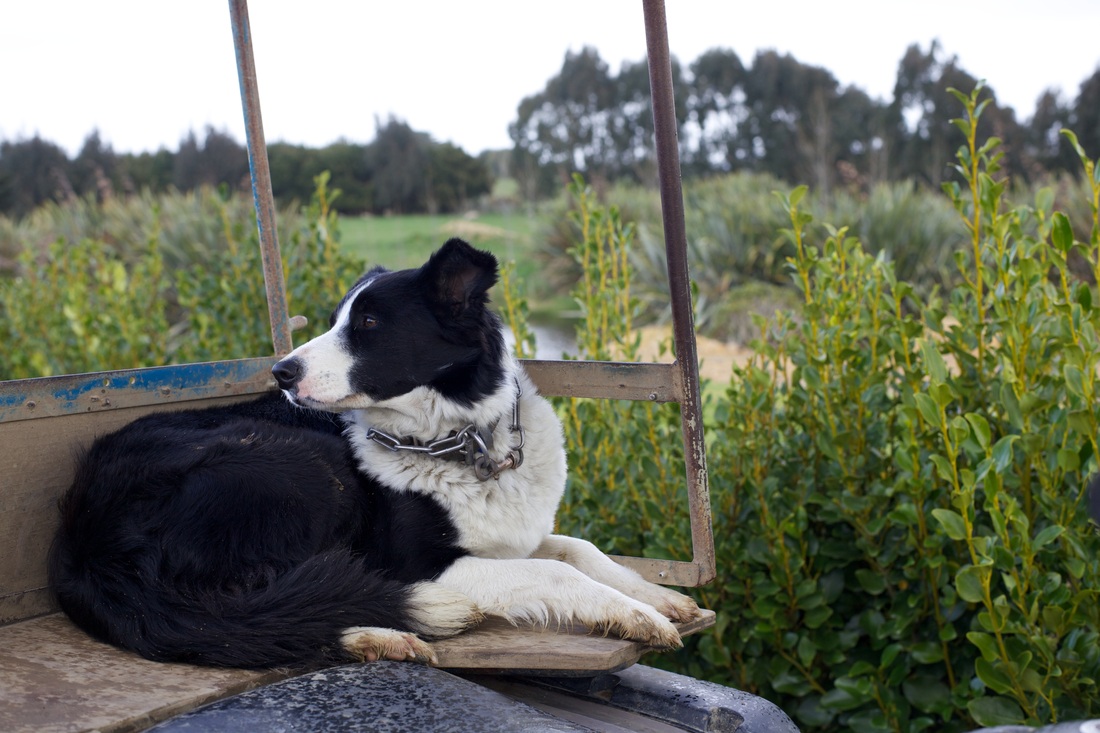
For lamb dishes that only take a few minutes to prepare but draw a smile of down-home contentment, we’d like to share a couple of recipes we’ve cooked up this week – one on the farm down south with Sue, and next week we’ll post the other cooked at the shop’s Queenstown kitchen with Anne.
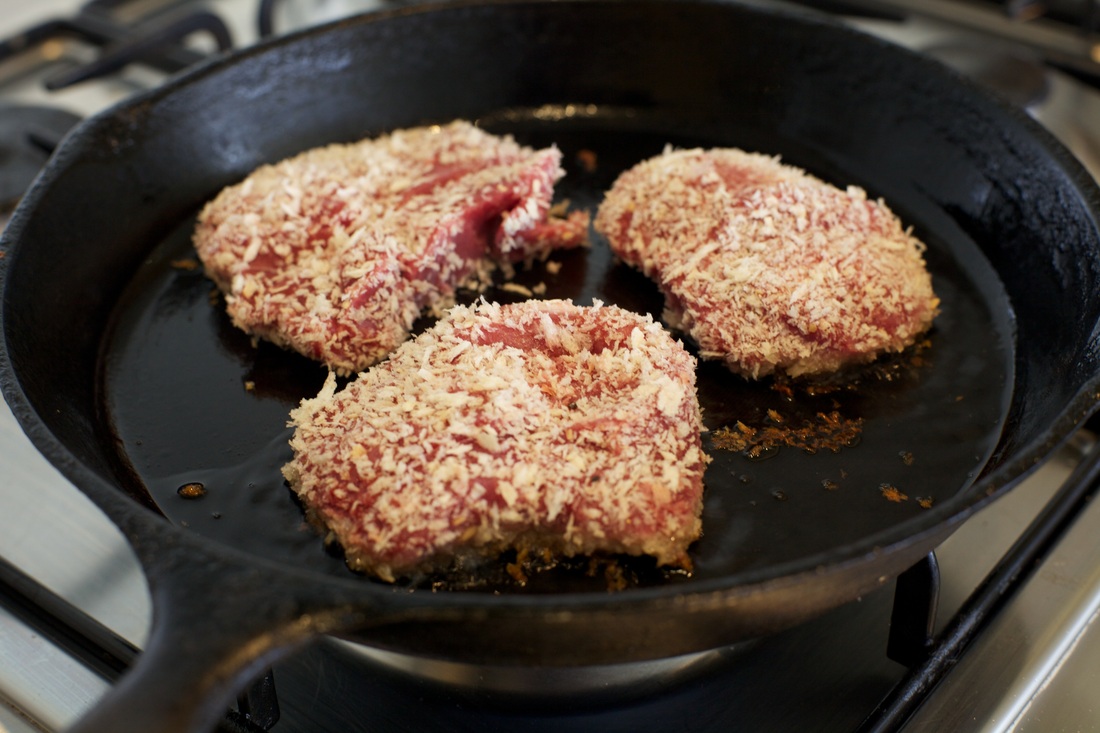
Serves 4
Ingredients:
1 Leelands Thick Flank Mini Roast (sliced into four steaks)
1 cup Panko bread crumbs
1 tablespoon coconut oil
season with sea salt and fresh cracked pepper to taste, if you like
Method:
it’s this easy…
• Let the mini roast come to room temperature and slice evenly into four steaks.
• Press each steak into the Panko crumbs coating both sides and the edges
• Bring a cast iron (heavy-bottomed) pan to medium high heat and melt the coconut oil. Cook the steaks for 5 minutes on one side, then 3 on the other.
• Rest for 3-5 minutes before serving
• Enjoy eating your steaks straight up or, as Sue likes to do, add a drizzle of your favourite balsamic glaze.Sue’s Slaw
Simply throw together some thinly sliced cabbage, fennel bulb and red capsicum in a bowl. Drizzle in a little good quality extra virgin olive oil and a dash of white balsamic vinegar or lemon juice. Toss through half a cup of sunflower seeds and add salt and pepper to taste – and you have a crunchy side dish to perfectly complement your tender lamb steak.
|
|
|
Like many people today, Sue cooked her meat in coconut oil. We asked our nutritionist if this is actually a good idea. Here’s her response:
Coconut Oil is a saturated fat and YES it’s good for you! It is anti-bacterial, anti-microbial, and anti-inflammatory which means that it kills things that should not be hanging around in your body. Additionally, it’s a great immune booster as it helps the body to create the adrenal hormones it needs to fight stress naturally. Once coconut oil arrives in your liver, it boosts your metabolic rate because it uses up energy when consumed.
Another great benefit of using coconut oil for cooking is that it has a very high smoking point so it doesn’t convert to free radicals or become carcinogenic when you use it to cook at high temperatures.
At Raeward Fresh we love wild harvested Niugini Organics Coconut Oil. For those of us who don’t enjoy the taste of coconut but want all the benefits we recommend Blue Coconut Cooking Oil. Coconut Oil is great slathered across your toast, it’s superb for all kinds of baking, adding into soups and providing a tasty dimension to your smoothies. It’s flying off our shelves at the shop and we’re glad to see this super healthy oil put to such delicious use.
As a general rule, lamb should rest after cooking for at least 5 to 10 minutes depending on the weight of the cut – the larger the cut, the longer the rest period. Letting the lamb rest allows it to finish cooking with the residual heat left inside after removing it from the oven and delivers a perfect light pink colour. Long or slow cooked lamb will be the exception to this rule.
Best fried in a cast iron pan. Sausages can also be baked in the oven – 10 minutes at 180˚C then turn the oven off and let the steam out, close the door again and leave for an additional 10 minutes. This will create a nice crispy skin.French Rack – approx. 4 kg’s – 8 ribs
Coat with Panko bread crumbs and place in a covered dish. Cook on a lower rack of a preheated oven at 180˚C for 15 minutes. Cook uncovered for an additional 10 to 15 minutes. To serve, slice into individual ribs or into small groups, depending on how many people the meal is for.Whole or 1/2 Shoulder Roast – approx. 1.5 to 6 kgs
As the shoulder is usually a rolled cut, it allows for a lovely stuffing of your choosing. These roasts are best slow cooked at around 150˚C for 2 to 4 hours depending on the size of the cut and colour you’re looking for.
*Eye Fillets – approx. 1/2 kg
The fillet is very tender and best when barely cooked through. Fry eye fillets with a little coconut oil over medium heat in a cast iron pan for 3 minutes on one side and 2 more minutes on the other (depending on how well done you like your lamb).
*Loin Fillets – approx. 2 kgs
Treat the same as the eye fillet, but since the cut is a bit thicker just cook it for a bit longer.
* Both fillet cuts are fabulous with a favourite salad or greens. You can also place them over a buttery couscous for a quick and delicious meal.
Boneless Tunnel Bone Leg – approx. 1.3 kgs
Since the bone has been removed you can knock off about 30 minutes from the cooking time. If you’re roasting the leg, 1 hour at 180˚C should be fine. You can fill the leg with a stuffing, or garlic and herbs such as thyme and rosemary.
Thick Flank Steaks
Similar to fillets, sear them well on both sides – no more than 5 to 7 minutes in a hot cast iron pan. This is a premium leg cut and on request can be left as a Thick Flank Mini Roast for other uses.
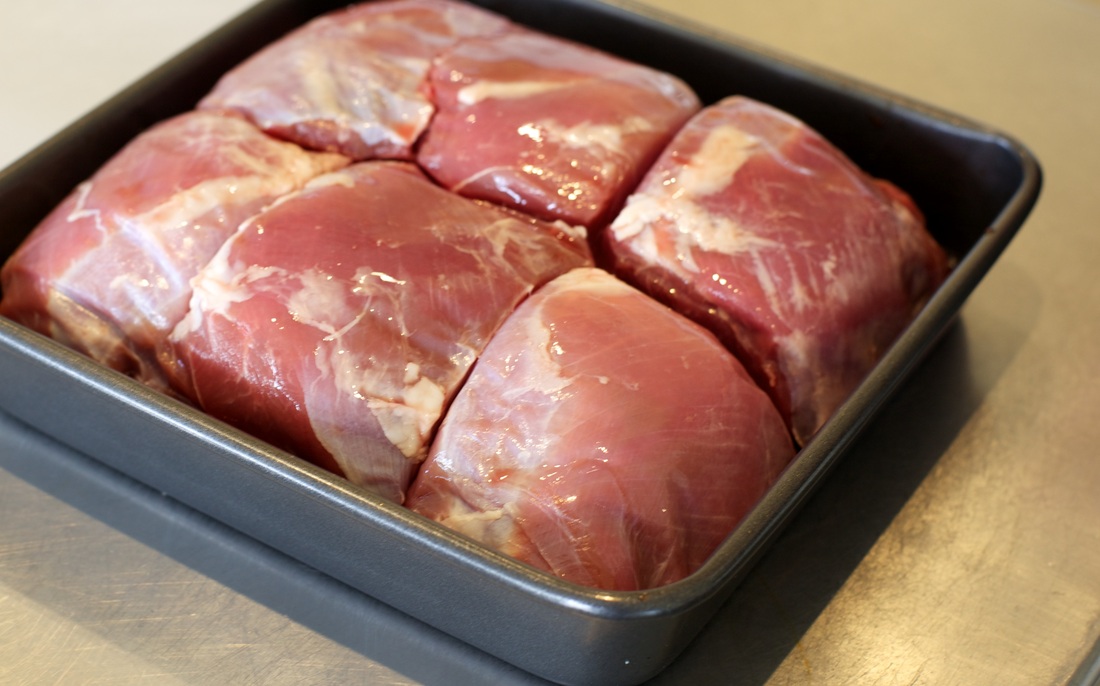
Sear in a really hot pan with some olive oil and then bake at 190˚C for 20 to 25 minutes. Let rest for about 5 minutes before serving. Searing does not make the meat more juicy – that depends on the quality and cut of the meat. What the searing does is to give a crunchy caramel coating to the meat that baking will not achieve.Leg Cuts
All lamb legs should be rested for a minimum of 5 to 10 minutes before slicing and serving.Bone in Leg – Chump on, approx. 2.9 kgs – Chump off, 2.3 kgs
The ultimate N.Z. roast. This can be cooked slowly in the oven at 110˚C for 5-6 hours or on a moderate heat (150˚C) for 2 1/2 hours. Both are wonderful, but the slow bake will have the meat falling off the bone while the moderate bake will produce a lovely pink meat that will carve well.
Danish Leg – 2.3 kgs
This is actually a shoulder cut and therefore at it’s best when cooked slowly (110˚C for 4 hours). Cooked in a moderate oven, it will take about 1 1/2 hours as the bone is out.
Mince – lean
Lamb mince is lean and very versatile. You can make Greek Moussaka’s or an Italian Lasagne, or French Rissoles. Lamb mince can also be used for an interesting twist on traditional Bolognese.
Butterfly Shoulder – 1.2 kgs
In this wonderful cut, the shoulder has been boned out and splayed. Great on the BBQ (around 15 minutes on each side over hot coals) or baked in the oven at 170˚C for 30 minutes and finished in a mud oven, pizza oven or back on the BBQ. Some people like to marinate the butterfly cut in yogurt and spices, then lay it open on an oven rack and let it drip into a tray of root vegetables roasting below.
Hind Shanks & Foreshank – .35 to .6 kgs
These cuts are at their best when slow cooked in a crock pot (or any slow cooker). Moroccan spices or some wine and broth pair with the flavour well. You can also place the shanks in a covered dish in a moderate oven (150˚C) for an hour or two until tender.
Diced
Diced lamb is perfect for curries, pies, or sliced a little thinner for pizza’s or tortillas. Once fried, you can also chop it up a little finer for fillings or salad toppings.

